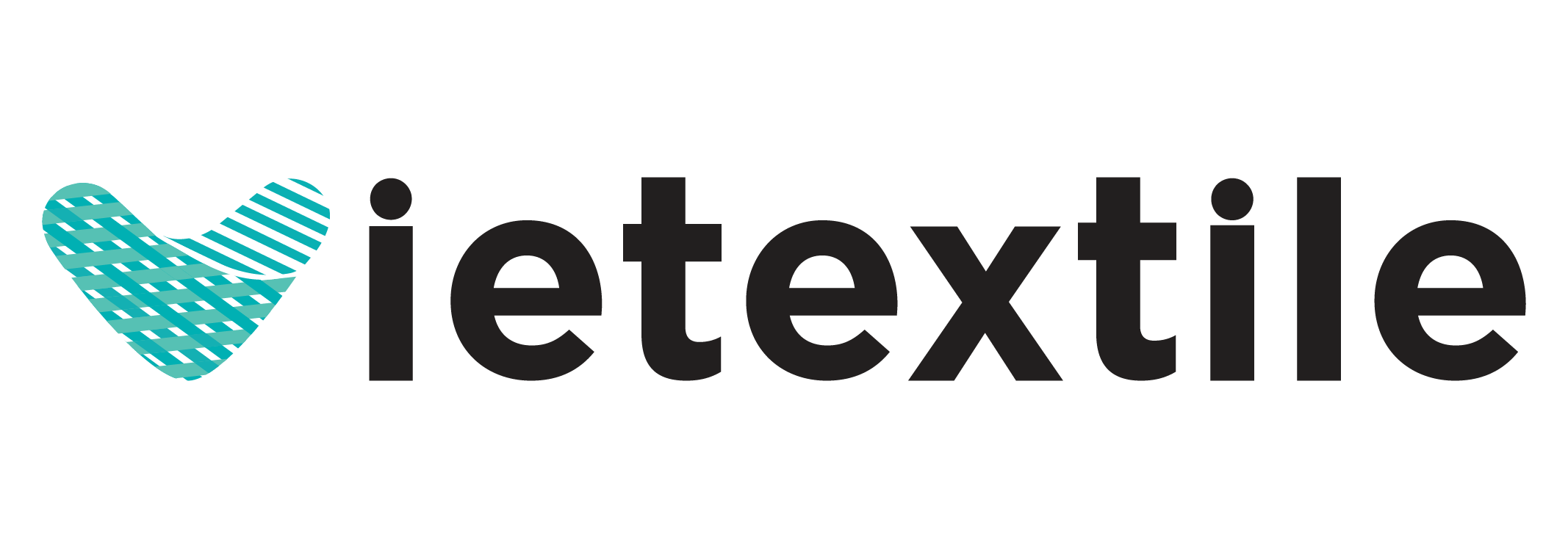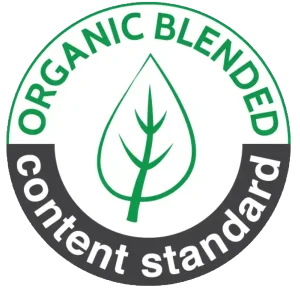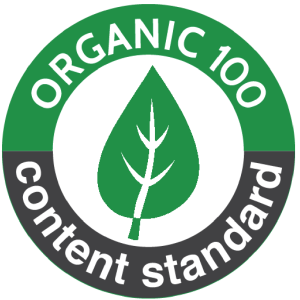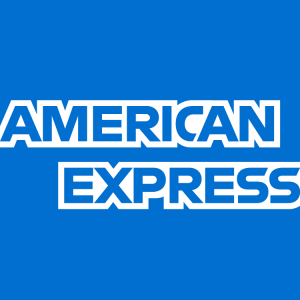Woven fabrics are not only found in fashion and home furnishings but also play a critical role in the medical field. Thanks to their durable, low-stretch, and tightly interwoven structure, Woven Fabric Applications in healthcare are expanding, especially in infection control and public health protection.
This article will help you understand Woven Fabric Applications in medical devices and face masks—from their structure and function to the standards they must meet. The content is divided by specific devices, practical scenarios, and concrete testing standards to provide a complete, easy-to-understand, and immediately applicable overview.
1. The Application and Popularity of Woven Fabric in Healthcare
Nội dung tóm tắt
Toggle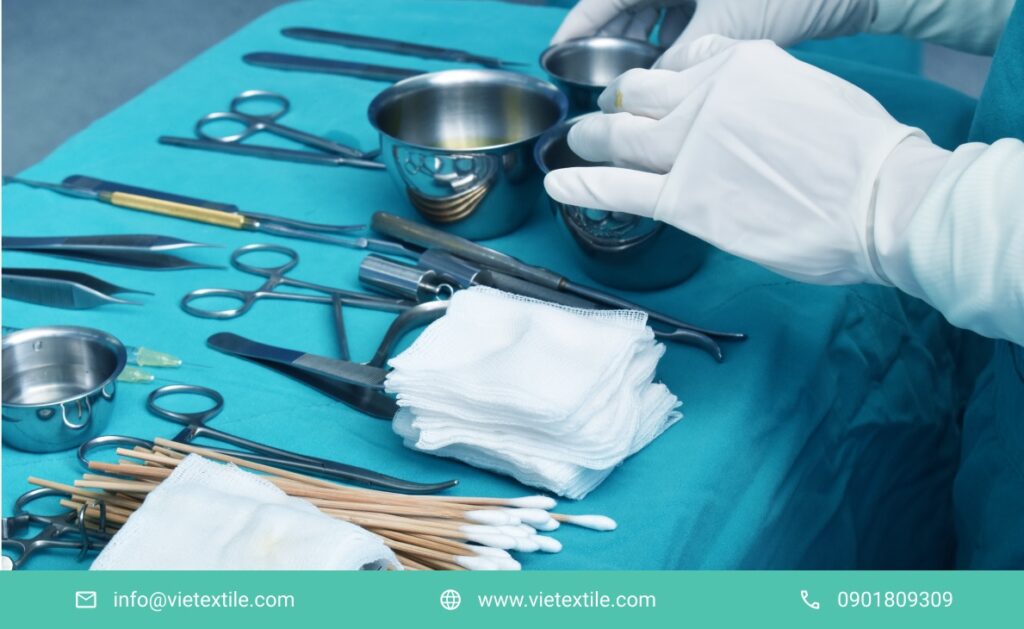
Woven fabric is created by interlacing horizontal and vertical threads at a right angle. This structure results in a strong, low-stretch, easily moldable, and highly durable fabric surface.
Read more: What is woven fabric? Characteristics and Applications
1.1 The Fabric Must Be Gentle on the Skin and User-Friendly
In the medical industry, all fabrics must meet strict standards for safety and effectiveness. First and foremost, the fabric needs to be gentle on the skin to prevent irritation for users over long periods. This is especially important in hospital environments, where contact with textiles is continuous for many hours each day.
1.2 The Fabric Must Be Resistant to Chemicals and High Temperatures
Furthermore, the fabric must be resistant to chemical sanitizers, disinfectant solutions, and high temperatures during the sterilization process. This capability helps the fabric maintain its physical and chemical properties after multiple uses without damage or loss of protective effectiveness.
1.3 The Fabric Must Be Breathable Yet Bacteria-Blocking
Equally important is the fabric’s breathability. Airflow not only provides comfort for the wearer but also helps limit moisture buildup—a favorable environment for bacteria to grow. However, this breathability must be paired with the ability to block bacteria and pathogens from the external environment to ensure absolute safety.
1.4 A Structure that Optimizes Woven Fabric Applications in Medical Devices
The uniform interwoven structure of woven fabric makes it an ideal material, optimizing Woven Fabric Applications for producing devices such as face masks, surgical gowns, bandages, and medical drapes.
2. Practical Applications of Woven Fabric in the Medical Industry
This is the most important section to help you visualize Woven Fabric Applications in specific medical devices. The following content clearly reflects how Woven Fabric Applications are applied to different materials and usage requirements.
2.1 Multi-Layer Cloth Masks
Woven fabric masks typically use a thick cotton layer combined with a non-woven filter layer. They are used by the general public or in low-risk environments. Some premium masks are also coated with an antibacterial layer or silver nanoparticles to increase their protective effectiveness.
According to the WHO and CDC, cloth masks can block 50–70% of respiratory droplets if used correctly and should be washed daily at temperatures above 60°C for disinfection.
2.2 Surgical Gowns and Protective Apparel
These gowns require the ability to block bacteria and resist fluid penetration while remaining breathable for surgeons to work comfortably for long periods. High-density woven polyester-cotton fabric, or fabric with an added waterproof PU layer, is a common choice.
Many hospitals also require reusable fabric to withstand at least 50 wash-sterilization cycles without deforming or losing its protective effectiveness.
2.3 Gauze, Pads, and Sterile Liners
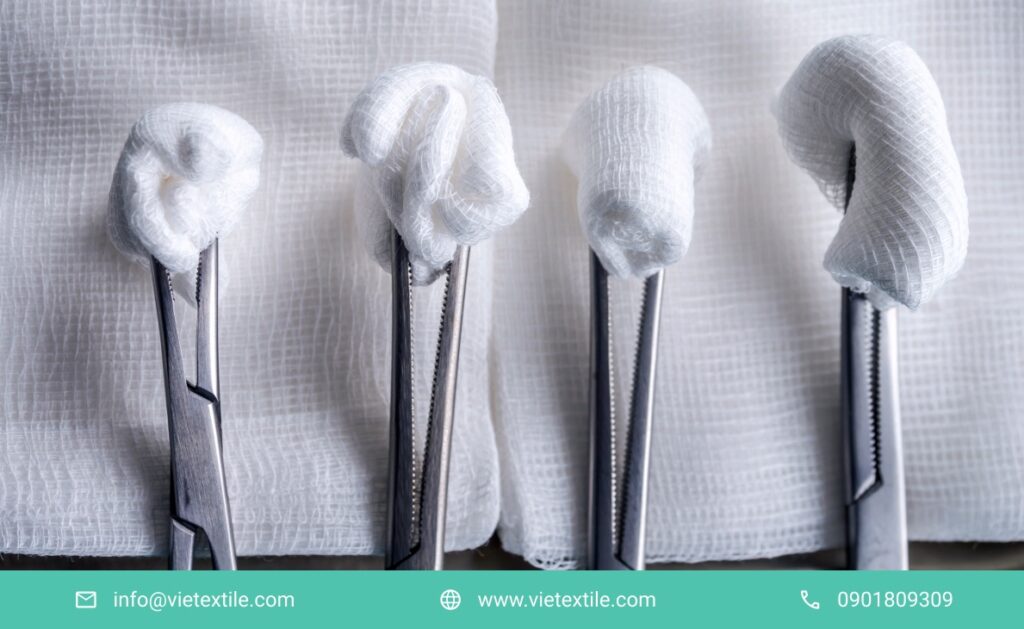
2.3.1 Gauze – An Enduring, Irreplaceable Application
Medical gauze is one of the oldest and most classic Woven Fabric Applications, particularly thin cotton fabrics with a loose weave and high absorbency. Thanks to its softness, lint-free nature, and ease of cutting into various sizes, this fabric is commonly used in many medical situations, such as cleaning wounds, absorbing fluids, and serving as liners during surgery or covering damaged skin.
2.3.2 Effective in Wound Care and Infection Control
Its sterile and highly absorbent properties make gauze essential for protecting wounds from infection and aiding the healing process. This is a key factor, especially in surgical procedures or situations requiring careful sanitation.
2.3.3 Adhering to Stringent Quality Standards
Today’s gauze must be lint-free and free of chemical residues, meeting ISO 13485 standards and undergoing regular microbiological testing. This proves that Woven Fabric Applications are not only common but also must strictly comply with international safety standards for use in medical environments.
2.4 Surgical Drapes and Sterile Room Curtains
Large surfaces like operating tables, hospital beds, or separated areas require a fabric layer to prevent the spread of bacteria. This fabric is typically woven polyester, with a one-way waterproof and antibacterial coating.
Some manufacturers use a tight weave technology to effectively block droplets without needing a plastic film.
3. Why Woven Fabric Applications Are Prioritized in Healthcare
There are several reasons why Woven Fabric Applications are considered a top choice in the modern medical industry.
Find out more about the difference between woven and knitted fabric
3.1 Superior Reusability
Woven fabrics are favored in healthcare because they possess numerous superior properties. First, this type of fabric has a very high reusability. After each use, the fabric can be washed and sterilized at high temperatures while retaining its original structure and function. This is a major advantage given that hospitals spend a lot on single-use medical supplies.
3.2 Heat and Chemical Resistance
Second, woven fabric has excellent heat and chemical resistance. This allows it to go through rigorous disinfection processes without deforming or losing its protective properties. This is an essential factor for medical devices that require frequent and demanding sterilization.
3.3 Environmental Friendliness
Additionally, the environmental factor is another reason many medical facilities choose woven fabrics over non-woven materials like spunbond or meltblown. The ability to be reused and generate less plastic waste makes woven fabric a more eco-friendly and sustainable solution as the medical industry moves toward greener operations.
3.4 Long-Term Cost-Effectiveness
Finally, when considering long-term total costs, woven fabric is much more efficient. Although the initial investment may be high, the ability to be reused dozens of times leads to significant budget savings, especially for public medical institutions or areas with limited budgets.
4. Required Standards and Testing
For Woven Fabric Applications in healthcare to be truly effective, compliance with testing standards is mandatory. To ensure safety, woven fabrics used in medical devices must typically meet:
- ISO 13485: Quality management system for medical devices
- OEKO-TEX Standard 100: Ensures no harmful chemicals
- EN 13795: European standard for surgical fabrics
Furthermore, each fabric batch must undergo regular testing for indicators such as breathability, fluid resistance, and microbial barrier properties to ensure the effectiveness of the Woven Fabric Applications is maintained.
5. Future Prospects for Woven Fabric in Biomedical Applications
Not limited to basic devices, Woven Fabric Applications are expanding into many high-tech biomedical fields. New technology is driving the combination of woven fabric and smart materials:
- Fabric integrated with sensors to monitor body temperature and heart rate
- Fabric with antibacterial and antiviral nano-coatings
- Combining woven fabric with biodegradable organic fibers
Additionally, many studies are applying woven fabric to the field of bio-microelectronics and the production of smart therapeutic devices—a new Woven Fabric Application that opens a future where traditional materials are combined with high technology.
While non-woven technology remains a trend in disposable medical masks, woven fabric is increasingly proving its important role in the category of sustainable, reusable medical products.
6. External References
- WHO – Fabric mask guidance
- CDC – Considerations for wearing cloth face coverings
- OEKO-TEX – Standard 100 certification
Are You a Medical Device Supplier or Looking for Printing Solutions on Woven Fabric? VieTextile offers consultation to help you choose the right woven fabric for medical devices, which can be combined with high-quality heat transfer or direct printing services.
Contact for samples and technical consultation:
- Email: info@vietextile.com
- Hotline: 0901 809 309
- Website: https://vietextile.com
